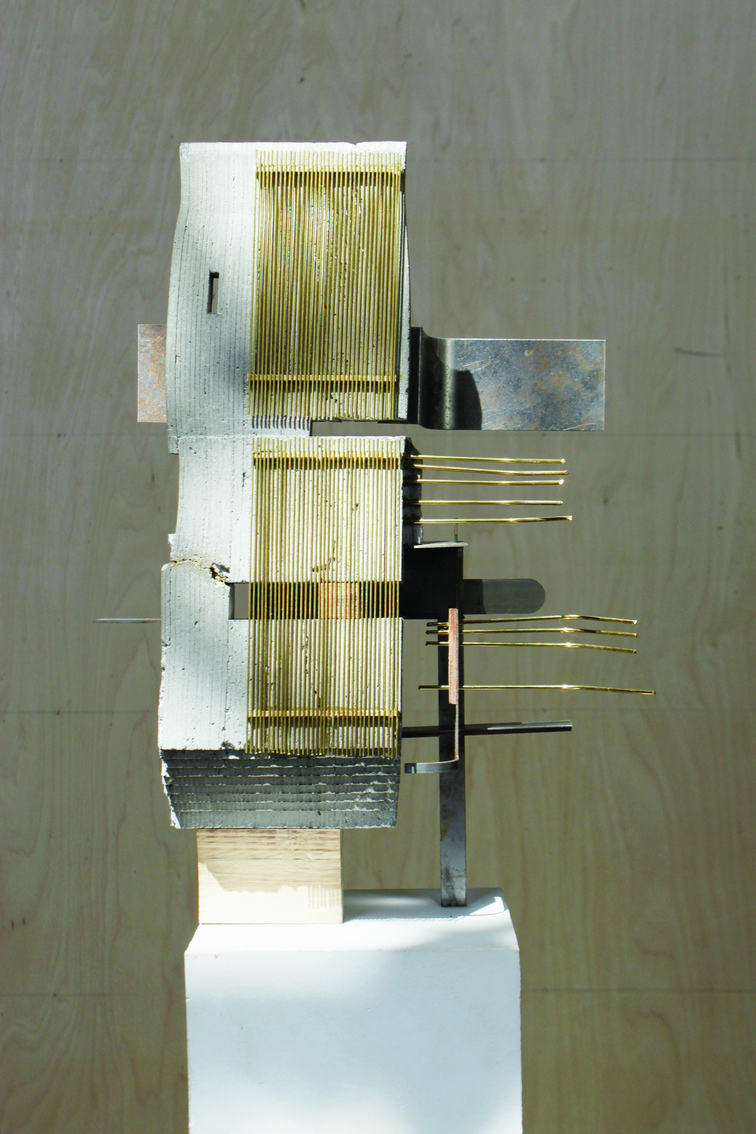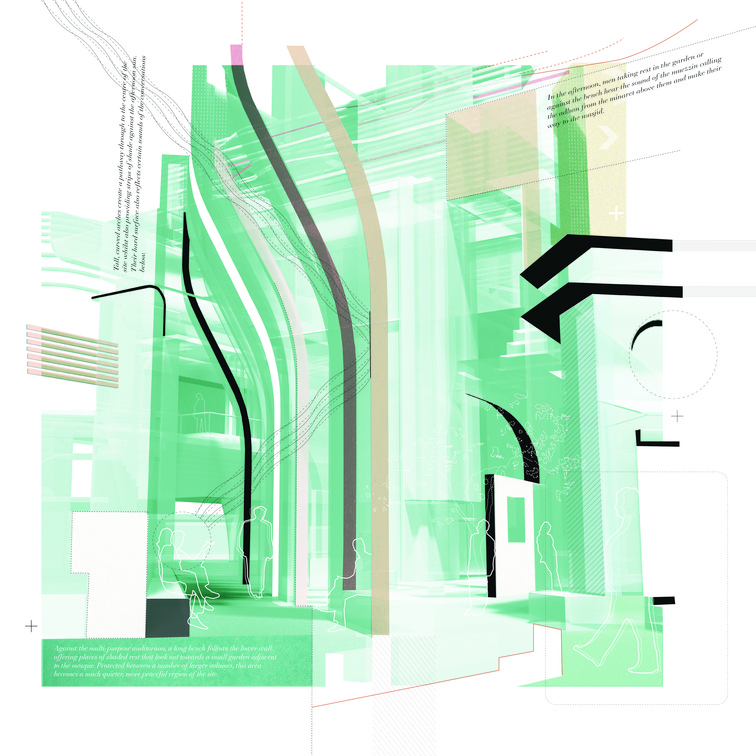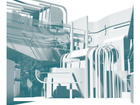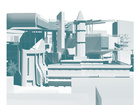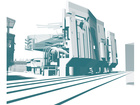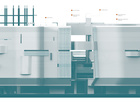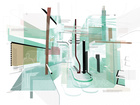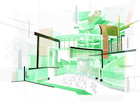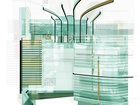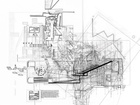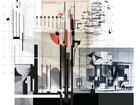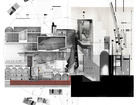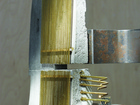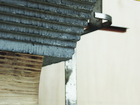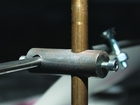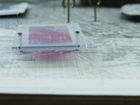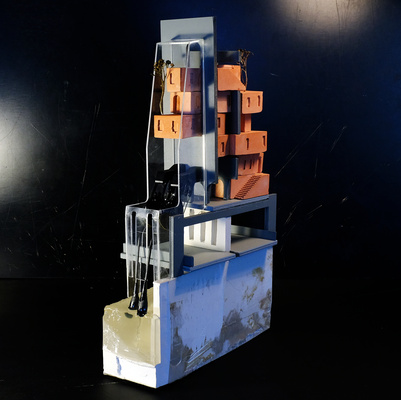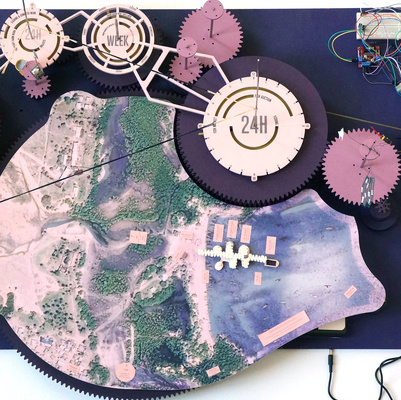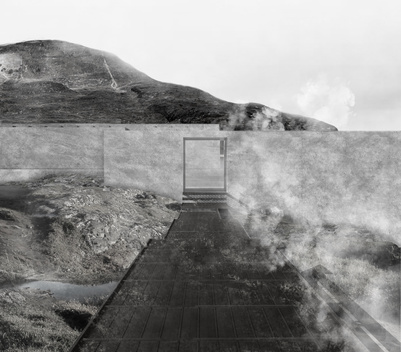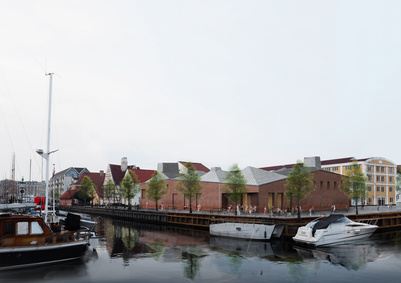Curating a Sonic Territory in Dar Es Salaam
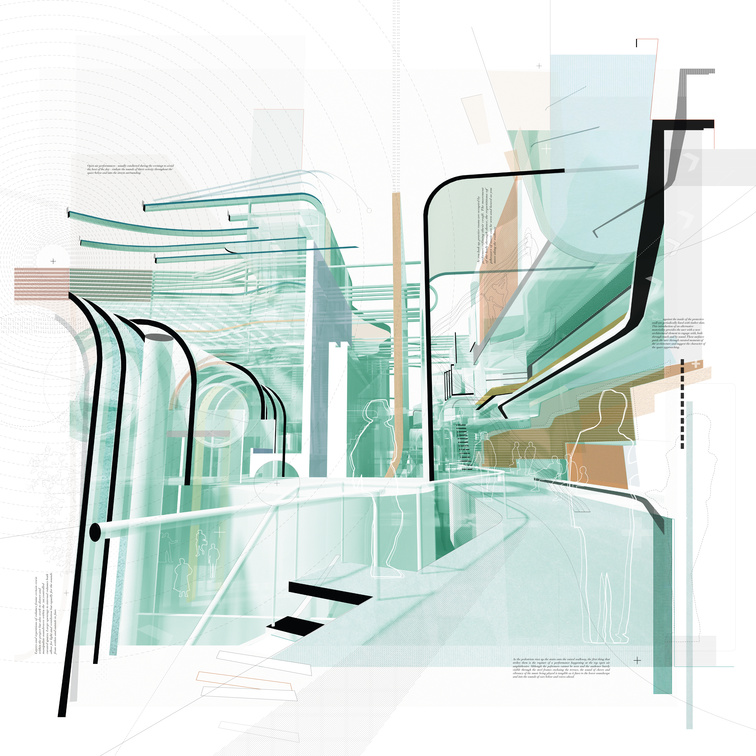
A soundscape, to crudely define it, can be considered as our complete surrounding sonic environment and the ever-present array of sounds with which we all live. In its simplest sense, sound is an affirmation of life. It has the ability to tangibly arrive at one’s ear and trigger an emotional response and understanding of place in that individual. Unlike the visual and literate world that tends to provide us with only a series of fixed landscapes and boundaries, soundscapes shift their size and shape and character moment by moment, overlapping and seeping into each other in irregular and unpredictable ways. A soundscape in that way is both a physical environment and a way of perceiving that environment – it is both a world and a culture constructed to make sense of that world.
This project then speculates on the spatial implications that arise from these highly ephemeral, informative and experiential soundscapes.
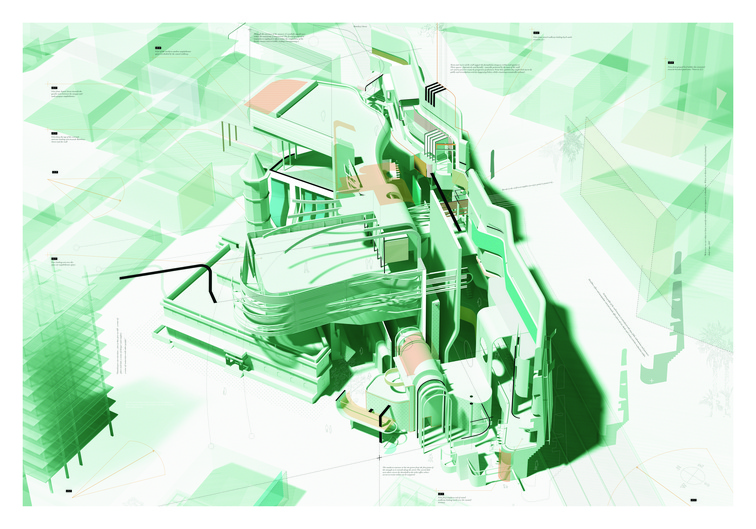
Considering the rich narration and didactic importance of sound and performance in African culture, this project takes the aforementioned meta-investigation of soundscapes as its fundamental point of departure and from that position then proposes the architectural manifestation of its exploration as A New Acoustic Institution; a collection of spatial investigations where those recognisable and socio-economic laden expressions of performance, music and dance are invited to inhabit and manifest. Instead of exploring the technical and measureable avenues of acoustic design, the project attempts to inaugurate an architecture that focuses its investigation on the form of sound. Environmental criteria, simulation studies, structural rigour are all dismissed to an extent as from its inception this scheme strives to investigate mass, form and the sonic implications that arise from those spaces on the user.
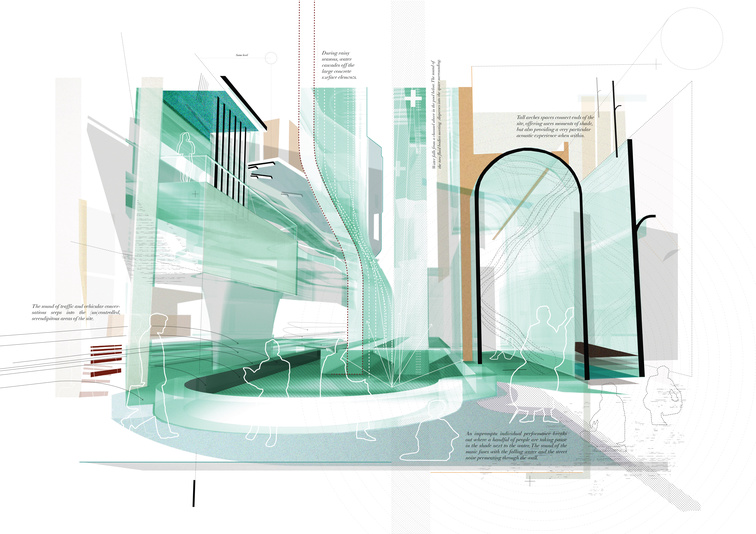
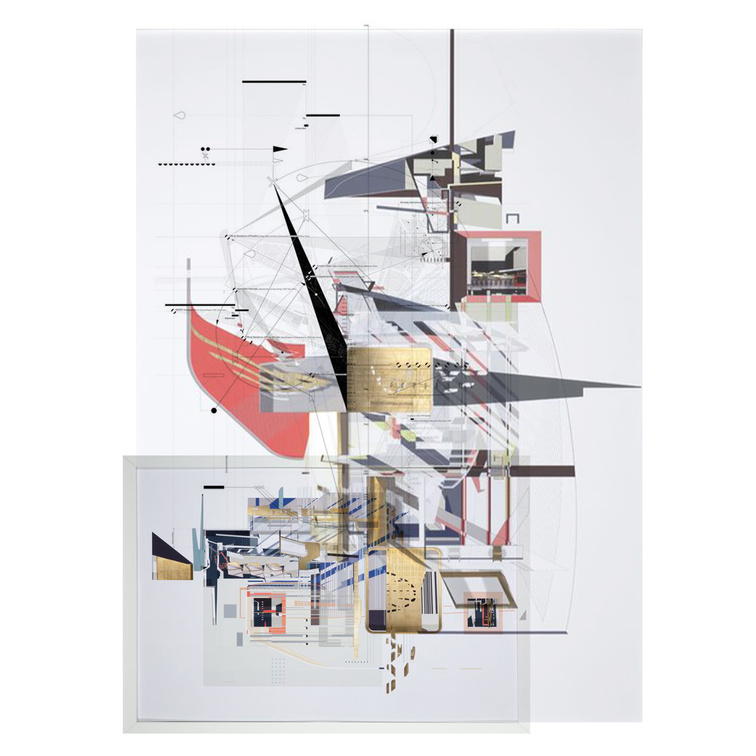
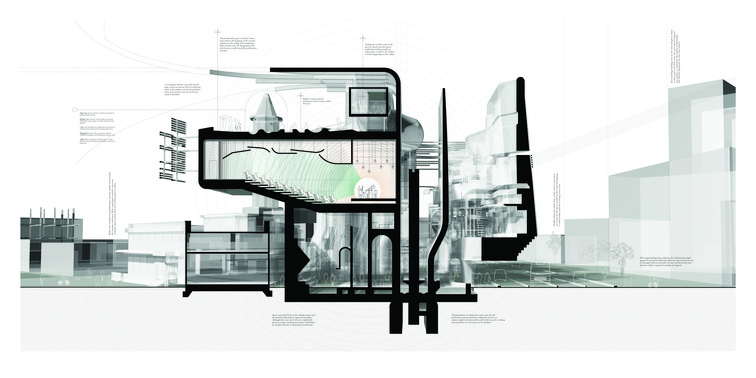
The project seeks to bring forth a discourse on how architecture can engage by design and consequently by representation with such an ephemeral and transitory state as sound. Is this soundscape an indeterminate composition over which we have no control, or are we as people but importantly as designers its performers and composers and are we therefore responsible for giving it direction and location and as such responsible for giving it form? Sound is a force that is so pivotal to our existence and in that way, perhaps doesn’t solely demand a technological solution as current practices strive to instill, but instead one that is more ethical, social and creatively driven. Importantly then, and as this project tries to consider, how can architecture and space and form contribute to that on-going discussion? To address sound only through an analysis of acoustic performance and technological criteria would be to overlook the richness and shared nature of our individual and collective social activities.
